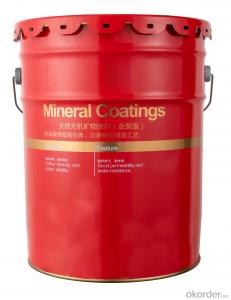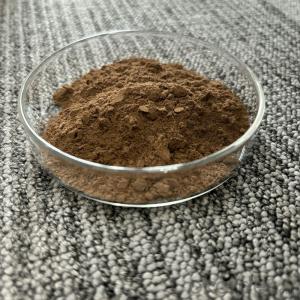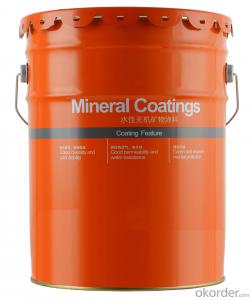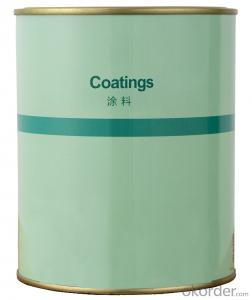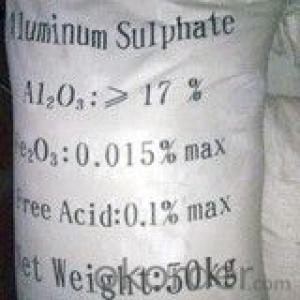Carbon Black N326 Granluar
- Loading Port:
- Tianjin
- Payment Terms:
- TT OR LC
- Min Order Qty:
- -
- Supply Capability:
- 10000MT m.t./month
OKorder Service Pledge
OKorder Financial Service
You Might Also Like
Carbon Black N326 (Granule)
Product Description:
carbon black N326:
1.Usage Rubber Auxiliary Agents;
2.Product Status:Black powder or granular;
3.Standard: ISO 9001:2000
Suggest for Use:
(1) Use for applications requiring high strength and heat and low tire (including off-road tire) rubber tread material, but also to conveyor belt, sealing products and other high-quality rubber products.
(2) The usage and the natural rubber to make the FDA has a black rubber near the trough physical and mechanical properties, usage of plastic material with high tensile strength, tear strength, abrasion resistance and anti-collapse of performance, As with other high-abrasion furnace black ratio, glue correctly predicted that a low modulus, high elongation, tensile strength similar. Is the lack of dispersion in rubber product is difficult, if decentralization would lead to bad rubber tensile strength, wear resistance and fatigue reduced.
TDS of the Carbon Black N326
Product Varieties | N326 | Pouring density(kg/m3) | 415~495 |
Iodine absorption Value(g/kg) | 77~87 | 300%modulus(Mpa) | -4.9~2.9 |
DBP absorption Value (10-5m2/kg) | 67~77 | Ash content | ≤0.7% |
24Mn DBP(10-5m2/kg) | 64~72 | 45um sieve residue | ≤0.05% |
CTAB surface area(103m2/kg) | 77~89 | 500um sieve residue | ≤0.001% |
STSA/(103m2/kg) | 71~81 | Impurity | NO |
Nsa surface area(103m2/kg) | 73~83 | Fine content | ≤10% |
Tint strength(%) | 106~116 | Tensile strength(Mpa ) | ≥-0.5 |
Heatloss(%) | ≤2.5 | Elongation at failure | ≥-10% |
Safety:
As a matter of good industrial hygiene, gloves and safety glasses with side shields or better eye protection should be worn when handing Carbon Black ,For more information, refer to the MSDS.

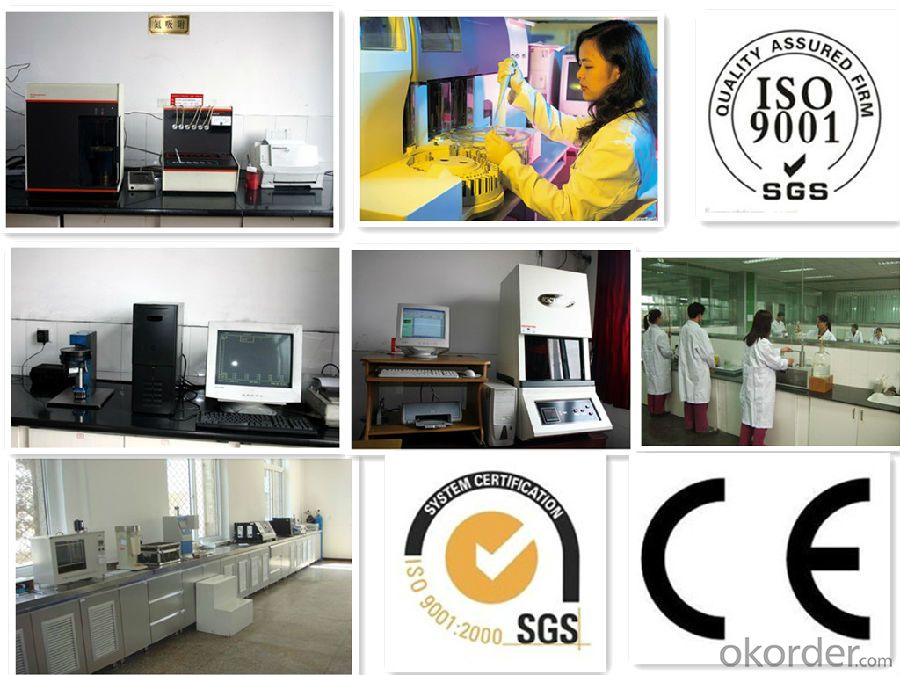
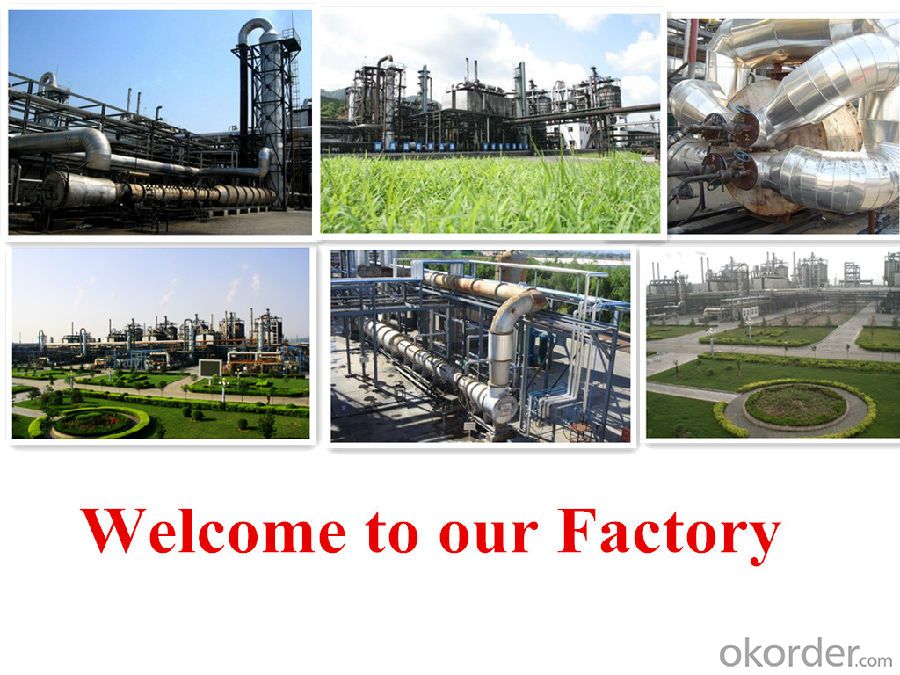
- Q:What is the catalytic efficiency of ordinary chemical catalysts?
- Different reactions, with the same catalyst, the catalytic efficiency is different. The same reaction, with different catalysts, the catalytic efficiency is also different
- Q:I think doubling the concentration of catalyst will double the rate of a reaction (K2/K1 =2). I want to confirm. This is for my project work. Please reply as soon as possible.
- A catalyst speeds up a chemical reaction by providing an alternate reaction pathway with a lower activation energy, thus increasing the number of collisions that can result in the formation of product. When the catalyst is a reactant in the rate determining step, and the reaction is first order in the catalyst, then a doubling of the concentration will double the rate. But if the rate determining step which includes the catalyst is not first order, then doubling the concentration won't double the rate. Then there is the case of a heterogeneous catalyst in which the reaction is essentially zero order in the catalyst. The amount of catalyst won't affect the speed of the reaction beyond the initial increase. The mere fact that the catalyst is present speeds up the reaction.
- Q:What is the catalyst condition in the chemical equation?
- On the middle of the equal sign or arrow above ah ~
- Q:Why is the catalyst in the chemical balance, the rate of change and balance?
- Plus the catalyst, but only to change the activation energy of the reaction, so that more molecules at the same time to participate in the reaction.
- Q:What is the analytical principle of chemical adsorbents? How about the number of active catalyst centers tested?
- What do you mean by the chemical adsorber? BET is the use of the surface of the uneven force field, but the inert gas at low temperature in the surface adsorption. TPD, TPR is the number of active centers that can be measured by the technique of desorption and reduction between specific gases and catalysts as the temperature increases. If the active site is a reduced position, H2-TPR can be used. If the active site is acidic, NH3-TPD can be used, but also the method of alkali titration.
- Q:High school chemistry, catalyst activation energy map
- Catalytic reaction is the reaction of the first reaction with the catalyst or attached to the catalyst to form intermediates, and then further reaction to produce products and catalysts, so the amount of catalyst in theory is the same! The activation of these two processes can be reduced! So there will be two peaks! Can be simplified as a peak!
- Q:The role and significance of chemical catalysts
- To speed up or slow down the chemical reaction is to make the chemical reaction more direct, simple and straightforward to adopt
- Q:Why are catalysts so effective in small amounts?
- Catalysts don't get used up in reactions. Because of this, a single catalyst molecule can function again and again. Some catalysts are better than others for a given reaction. More effective catalysts reduce the time taken for 1/ the rate of travel of the molecule to the active site, 2/ the time the reaction takes, or 3/ the time it takes for products to diffuse away, or 4/ a combination of the above. The more effective a catalyst is in these factors, the less is needed to make it equally effective.
- Q:What is catalyst in Science?
- A catalyst is a substance that aids a chemical reaction (by doing this increasing the reaction rate) but is not consumed by the reaction. For example, hydrogen peroxide (H2O2) spontaneously decomposes into water and oxygen over time. the addition of manganese dioxide will greatly increase the rate of reaction, but none is consumed.
- Q:What are the requirements for the catalyst for the chemical industry?
- Generally find a few, according to the cost and cost of cost, choose cost-effective
1. Manufacturer Overview |
|
|---|---|
| Location | |
| Year Established | |
| Annual Output Value | |
| Main Markets | |
| Company Certifications | |
2. Manufacturer Certificates |
|
|---|---|
| a) Certification Name | |
| Range | |
| Reference | |
| Validity Period | |
3. Manufacturer Capability |
|
|---|---|
| a)Trade Capacity | |
| Nearest Port | |
| Export Percentage | |
| No.of Employees in Trade Department | |
| Language Spoken: | |
| b)Factory Information | |
| Factory Size: | |
| No. of Production Lines | |
| Contract Manufacturing | |
| Product Price Range | |
Send your message to us
Carbon Black N326 Granluar
- Loading Port:
- Tianjin
- Payment Terms:
- TT OR LC
- Min Order Qty:
- -
- Supply Capability:
- 10000MT m.t./month
OKorder Service Pledge
OKorder Financial Service
Similar products
New products
Hot products
Related keywords
















